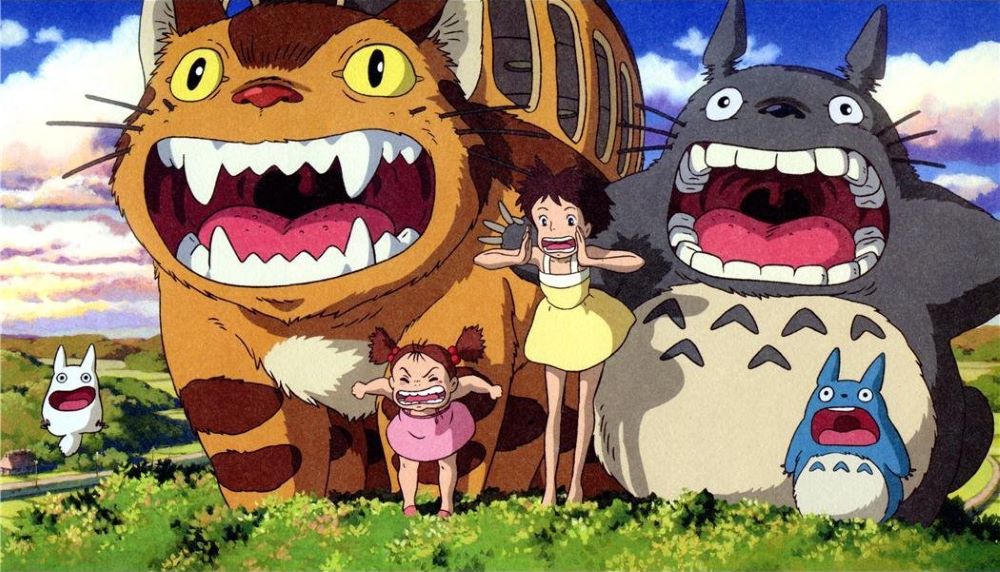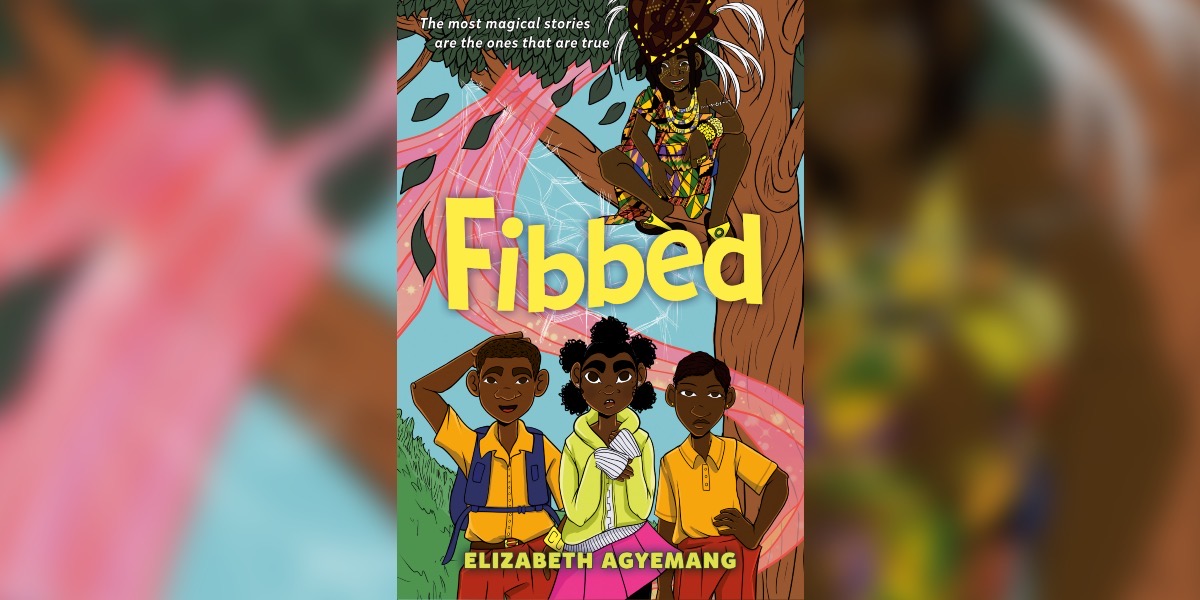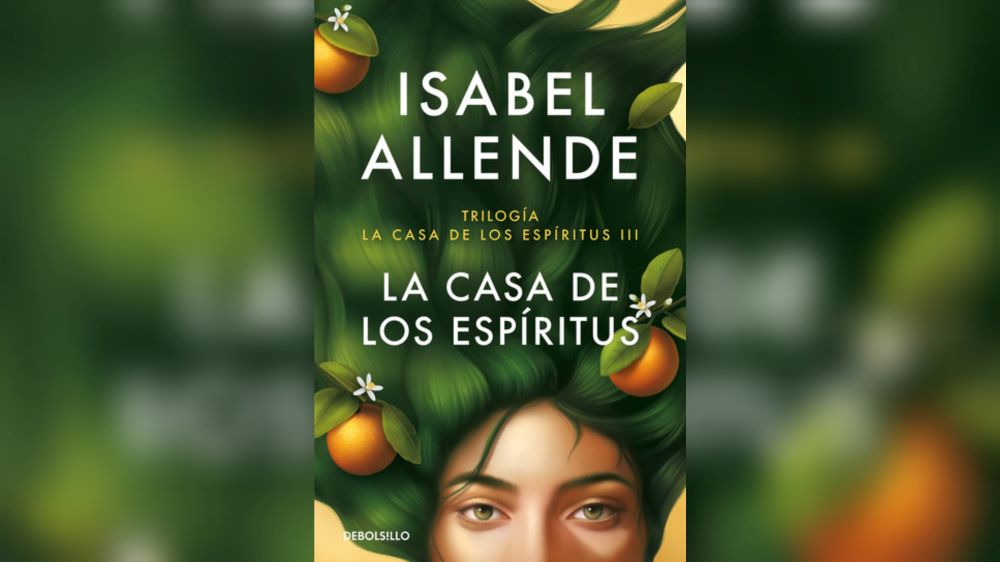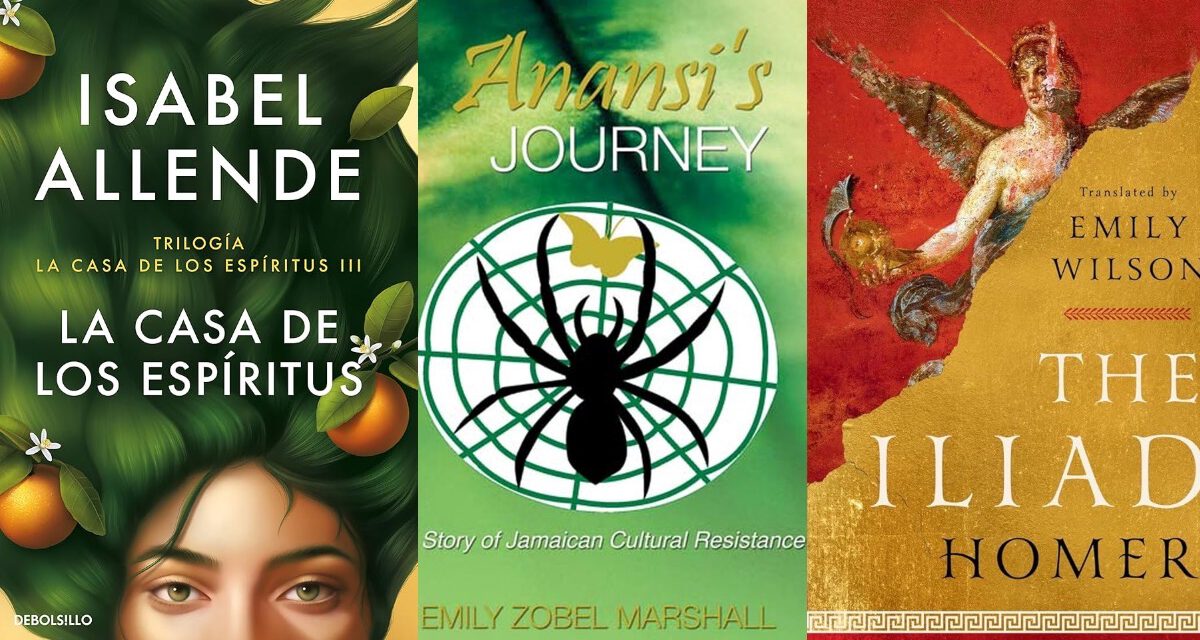Storytelling is an ancient and universal form of expression. However, how people express that universal thing is highly specific—not just to each person but to each culture. That’s why watching a movie from another country can feel “off.” It’s not that a piece is (necessarily) boring or weird; it could be that it comes from a storytelling tradition that’s not your own.
Of course, though, like many things, more things tie us together than make us different. Hopefully, this primer on the key aspects of storytelling traditions worldwide will help clarify that and make it easier to connect with global media.
Western Storytelling: The Three-Act Structure and Hero’s Journey
Hallmarks of Western narratives include heroism, honor and the struggle between good and evil. The hero’s journey, also known as the monomyth, was popularized by Joseph Campbell in his book, The Hero With a Thousand Faces. The 12 stages of the hero’s journey are:
- The Ordinary World
- The Call to Adventure
- Refusal of the Call
- Mentor (the Wise Old Man or Woman):
- Crossing the First Threshold:
- Tests, Allies, and Enemies:
- Approach to the Inmost Cave:
- The Supreme Ordeal
- Reward (Seizing the Sword)
- The Road Back
- Resurrection
- Return With Elixir
Many a US storytelling class will tell you this is the way to tell a story, as is a three (or five) act structure. You may even hear you have to “show, not tell.” However, these are all specifically Western storytelling techniques and not global. Unless you specifically intend to follow this format, there is no “have to” here.
RELATED: How Olivia Benson Helped Me Heal From My Sexual Assault
The reality is that almost any popular English-language story fits into these structures at least a little bit. Classic examples are Beowulf and The Canterbury Tales. If we extend beyond the English language and go wayyyy back, Ancient Greek literature and even parts of the Bible also follow this structure.
Next time you watch a film or read a book, try analyzing it and seeing if you can fit it into the mold of the monomyth or an act structure. You probably can!
East Asian Narratives: Cyclical and Moral

East Asian — and, to an extent, Eastern European — narratives explore myth, philosophy, the cyclical nature of life and highlight interconnectedness and family over the individual. The most globally well-known examples might be Hayao Miyazaki‘s/Studio Ghibli films.
RELATED: 8 Anime Outros Too Good to Skip
Let’s look at My Neighbor Totoro (one of my favorites). There’s no actual conflict or resolution in the film like in a Western film. In the movie, Satsuki (Noriko Hidaka) and Mei (Chika Sakamoto) deal with the sadness of their mother’s hospitalization by spending time with the forest spirits near their new home. We never quite learn if the forest spirits are real or their imaginary friends. We never even really learn why their mom is in the hospital.
What we do know is that the two girls are incredibly devoted daughters who go above and beyond to help their dad and mom. The adults in the community indulge the girls’ beliefs in the spirits and care for the two girls immensely. All in all, it’s a whimsical, slice-of-life tale with joy and sadness woven in.
African Storytelling: Oral Traditions and Community

African storytelling is characterized by oral traditions and cultural identity within communities. These stories have traditionally blended the supernatural and the every day to teach and entertain.
RELATED: Elizabeth Agyemang Talks Fibbed and Finding Inspiration in Her Ghanaian Roots
West Africa’s (specifically the Akan people of Ghana) Anansi stories may be the most internationally well-known stories from this continent. Anansi has many names and physical representations, but he is essentially a man with spider-like features. His stories emphasize ingenuity and depict many origin tales.
Anansi stories also exemplify oral tradition. Enslaved peoples disseminated these tales worldwide (mainly in the Caribbean and the United States). The stories shifted and developed to fit local needs.
Latin American Narratives: Magical Realism

Magical realism is one of the pillars of Latin American narratives. According to Merriam-Webster, magic(al) realism is: “A literary genre or style associated especially with Latin America that incorporates fantastic or mythical elements into otherwise realistic fiction.”
RELATED: 10 Latina TV Characters That Changed the Game
While the most famous authors to write in this style are Gabriel García Marquez and Isabel Allende, this storytelling style existed even in the Popol Vuh, a book recording the history and mythology of the Kʼicheʼ people of Guatemala. The K’iche’ are a Mayan people. The stories in the Popol Vuh (Book of the Community) were oral tradition until the 16th century when they were recorded on paper. It was transcribed in Spanish in the 18th century.
The stories include a mix of creation, history and cosmology, hallmarks of magical realism. Even today, many K’iche’ people practice a blend of Catholicism and traditional religion based on the beliefs in this book.
Australasian and Indigenous Storytelling: Voices of Land and Ancestors
Australasian and other Indigenous cultures emphasize creation, connection to land, ancestors and the natural world in their stories.
RELATED: GGA Indigenerd Wire: History of Native Americans in Space Exploration
In Māori mythology and identity in particular, these themes also exist in contemporary works. Let’s look at (The) Whale Rider, a 1987 novel and, later, a film (2002), arguably the most famous work to come from Aotearoa-New Zealand. (The) Whale Rider retells the story of Paikea, considered an ancestor in the Māori tradition.
The Digital Age: Globalization and the Evolution of Traditional Stories
Of course, as with nearly everything in our lives, digital technology has revolutionized storytelling. It has offered opportunities for traditional narratives from different cultures to reach global audiences. This is evident in the fact that the examples of global stories I’ve pulled are world-famous.
However, globalization has also presented challenges, such as cultural appropriation and loss of nuance. For example, in researching this article, many examples of “world” stories cited were produced by US American companies, such as Coco and Black Panther. That’s not to say these aren’t good films, but they do represent what’s, at best, a blend and, at worst, a flattening of these different traditions. That could be a sign that the foreign market is influencing Hollywood.
RELATED: Classic Film Through a Feminist Lens: Gentleman Prefer Blondes
On the flip side, Hollywood has colonized the world of entertainment. As other cultures become more accustomed to this form of storytelling, their unique forms might become diluted, if not lost entirely. We’ll just have to wait and see.
Which forms of storytelling are you most familiar with? Which are your favorite? Let us know in the comments below!
- Grading Degrassi: All Season 2 Episodes of DEGRASSI HIGH, Ranked - April 23, 2024
- The Origin of Tropes: Love at First Sight - April 16, 2024
- Book Review: FINALLY FITZ - April 16, 2024

